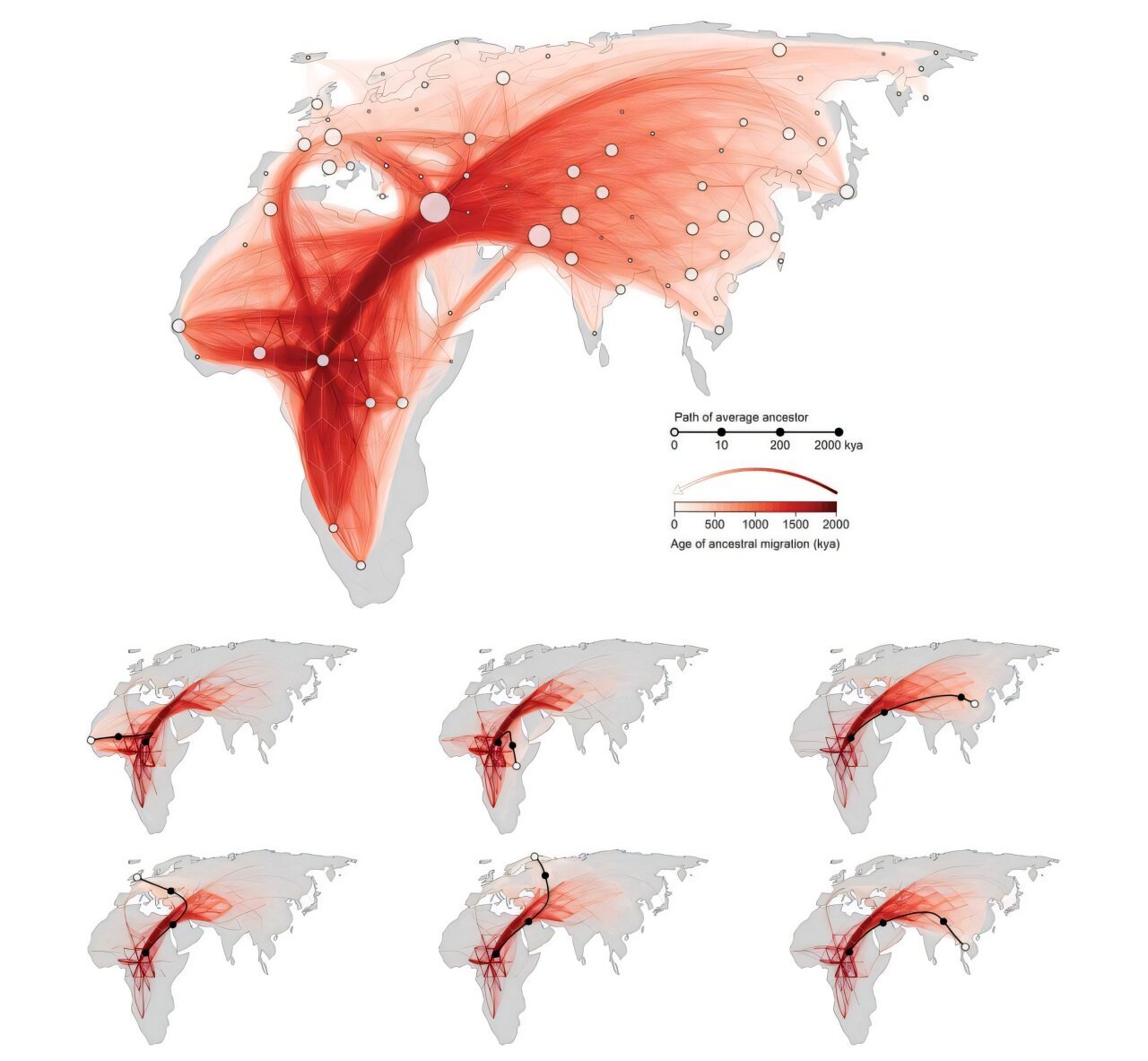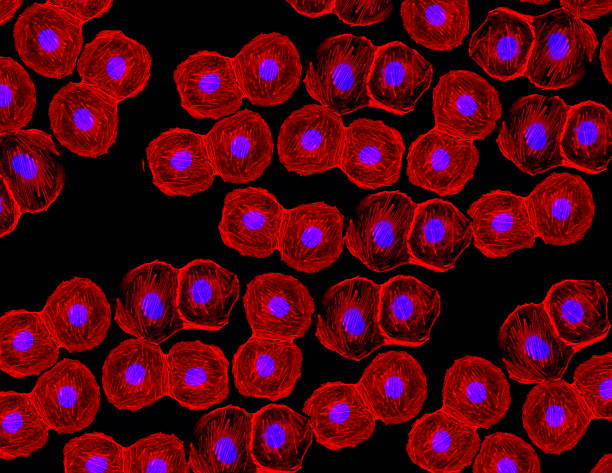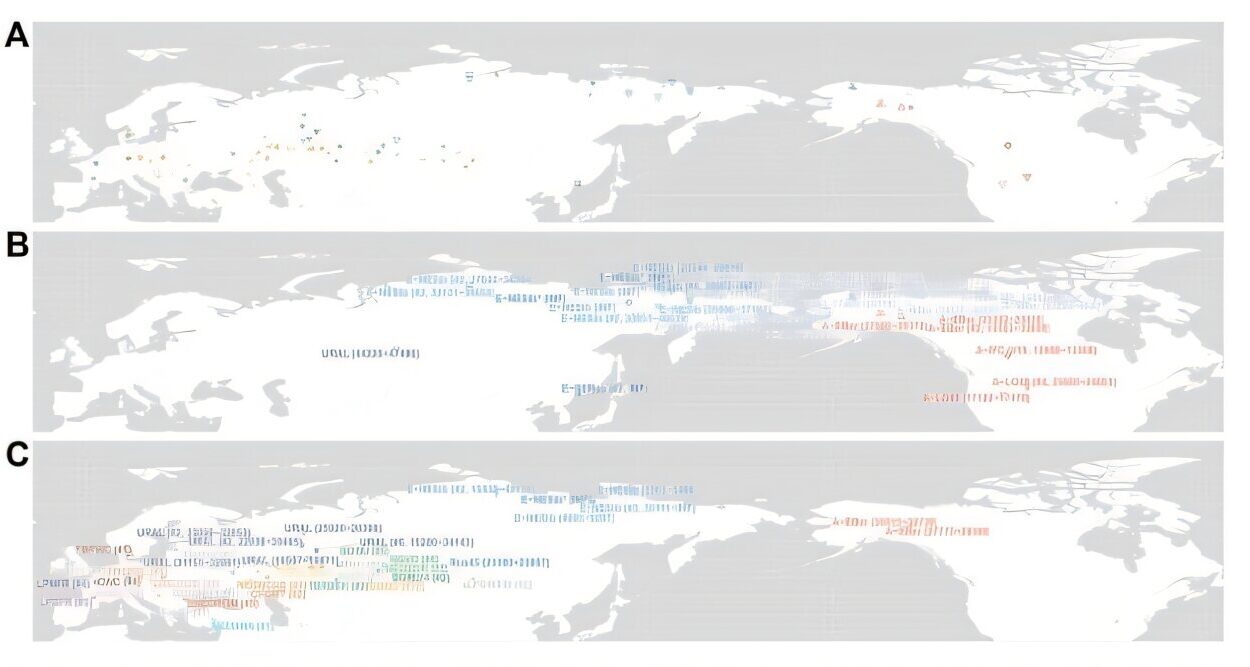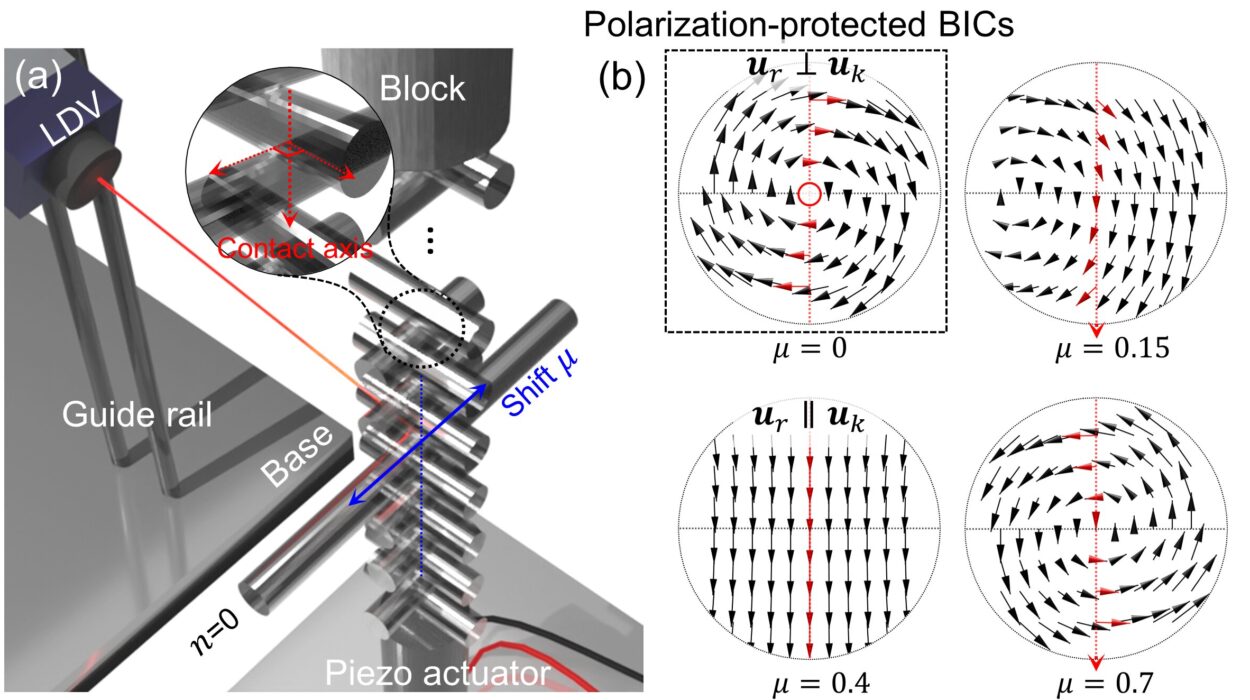In an era where genetics is reshaping how we understand our ancestry, disease spread, and animal migration, researchers at the University of Michigan have made a groundbreaking advancement. A new statistical method, developed by U-M professors Gideon Bradburd, Michael Grundler, and Jonathan Terhorst, opens up new possibilities for how we view genetic inheritance and population dynamics. Their findings, published in the prestigious journal Science, aim to change the way we think about ancestry reports, and could have far-reaching applications in fields ranging from epidemiology to evolutionary biology.
Rethinking Human Ancestry
The method developed by Bradburd and his team is a departure from the conventional approach of providing static, snapshot-like ancestry reports. Most commercial genetic ancestry services give individuals a fixed, point-in-time snapshot of their genetic background, pinpointing regions and percentages of ancestry, but they fall short of showing the dynamic, ever-evolving nature of human genealogies. These reports often present a rigid idea of heritage, like claiming someone is 50% Irish or 25% Italian, based on the genetic material inherited from ancestors who lived in those regions at specific moments in history.
Bradburd’s innovative method provides a much richer and more accurate “movie” of human ancestry. Instead of showing just where you might have family members today, this new technique traces the geographic origins of your ancestors over centuries. By using modern genetic sequence samples, the method estimates the locations of an individual’s genetic ancestors, taking into account how populations historically migrated and how genetic structures evolved over time.
In other words, it offers a dynamic picture of genetic history, showing not just where your ancestors lived, but how they moved across the globe over multiple generations, offering a richer and more nuanced view of your family’s journey through time.
A “Movie” Version of Your Family Tree
Gideon Bradburd explains that the ancestry reports we receive today are a mere fraction of the true story of our genetic past. “If your ancestry report says that you’re 50% Irish, it likely means that you have a large number of distant cousins currently living in Ireland, but this is just a small piece of a much larger picture,” he says. In reality, the story of human ancestry is much more dynamic, like a moving timeline, where the movements of entire populations shape the very genetic material we carry today.
The statistical method behind this new approach combines genetic data with assumptions about human migration patterns. The research team’s method tracks the movement of human populations over centuries, allowing them to map out not only where an individual’s ancestors lived but also how those ancestors’ geographical distributions evolved over time. By taking into account the ebb and flow of populations, the model offers a far more complete understanding of our heritage.
Bradburd, along with his colleagues Michael Grundler and Jonathan Terhorst, uses this method to build models that track the movements of populations over thousands of years. The result is not just a static family tree, but a living, breathing map that shows the flow of human genetic material across the globe.
Moving Beyond Simplistic Racial Labels
While this new method has profound implications for tracing individual ancestry, it also raises important questions about the way we categorize and label human genetics. Bradburd is critical of the way traditional ancestry reports often perpetuate oversimplified and biologically essentialist views of race. By presenting categories such as “Irish” or “African” as though they are fixed, unchanging groups, these reports can inadvertently reinforce outdated and misleading ideas about race.
Bradburd explains, “Ancestry reports are not wrong, but they fail to take into account one critical component—the ‘when.’ For instance, when you say that you have ‘Irish’ ancestry, that label is tied to a specific time period and geographic location. But over time, the genetic makeup of a region can change dramatically, and the people who lived there in the past were not the same as the people living there today.”
This insight is not just a theoretical exercise. In fact, studies in the field of genetics, particularly through the work of Nobel Prize-winning geneticist Svante Pääbo, have demonstrated that human populations have undergone significant shifts over the millennia. The genetic “flavor” of a location changes over time as populations migrate, interbreed, and evolve. This means that concepts like “genetically Irish” or “genetically Italian” are not only imprecise but also misleading because they fail to acknowledge the fluidity of human migration and genetic mixing.
The Paradox of Family Trees and Human Connections
Bradburd presents a fascinating thought experiment to illustrate how genealogies expand exponentially as we trace them back through time. Imagine you have two biological parents, four grandparents, eight great-grandparents, and so on. With each generation, the number of direct ancestors doubles. It doesn’t take many generations before the number of ancestors exceeds the total number of humans who have ever lived. This explosive growth leads to a paradox: everyone shares common ancestors, and therefore, we are all deeply interconnected.
The takeaway from this paradox is profound. “Because our pedigrees explode so quickly,” Bradburd explains, “we must collapse in the same way. You and I share many ancestors at multiple points in time. In fact, we are all extraordinarily closely related to each other.”
This doesn’t just mean that we all share distant ancestors. It also implies that genetically, we are far more connected than we might think. The modern concept of distinct racial and national categories doesn’t hold up to the reality of our shared genetic history.
The Gaia Algorithm: A New Tool for Tracking Movement and Spread
The statistical method developed by Bradburd and his colleagues is called Gaia (Geographic Ancestry Inference Algorithm), and it uses a simple but powerful assumption: people tend to move locally, within regions, over time. By combining this assumption with the genetic data of modern individuals, Gaia can trace the “most parsimonious locations” of an individual’s ancestors, providing an estimate of where those ancestors lived and how their locations evolved through the ages.
The Gaia algorithm is a breakthrough because it allows researchers to trace the movement of genetic material across time, not just across space. This ability to assign a timeline to genetic movement is revolutionary, and it can be applied in various fields beyond human ancestry.
Applications in Disease Spread and Animal Migration
While Bradburd’s method has powerful implications for understanding human ancestry, it also opens up new possibilities for research in other fields, including epidemiology and evolutionary biology. The method is highly adaptable and can be used to track the spread of viruses, the migration of animals, and even the movement of invasive species.
For example, researchers could use Gaia to trace the geographic spread of diseases, such as identifying the regions where certain viruses first emerged and how they spread across the globe. Similarly, by studying the genetic movements of species like the Massasauga rattlesnake or mosquitoes in the South Pacific, researchers can gain a deeper understanding of how animals colonize new regions and adapt to changing environments.
One exciting application of the Gaia algorithm is the potential to track the spread of diseases through historical and geographical data. By pinpointing when and where certain diseases emerged and how they traveled, scientists can better understand their transmission patterns, which could help in predicting future outbreaks and crafting more effective public health responses.
Breaking Down the Barriers of Static Labels
Bradburd’s work aligns with a broader call within the scientific community to move away from rigid race-based labels. As the National Academy of Sciences has urged, genetic variation does not align neatly with racial categories. Genetic labels are often imprecise and do not capture the true diversity of human populations, which have been shaped by millennia of migration and genetic exchange.
Bradburd’s method highlights the fluidity of human genetics. Instead of relying on static, historical labels like “Irish” or “Chinese,” which fail to capture the complexities of human migration, we should think of ancestry as dynamic—constantly changing and evolving over time. This shift in perspective could have significant implications for how we approach genetic research, public health, and even social and political issues related to race and identity.
Conclusion: Ancestry as a Dynamic Story, Not a Static Label
The statistical method developed by Bradburd and his colleagues offers a radically new way of thinking about human genetics and ancestry. By tracing the movement of genetic material over time, it provides a richer, more accurate picture of where we come from. Instead of seeing ancestry as a fixed snapshot in time, we should think of it as a dynamic story, unfolding over centuries and shaped by the migrations, intermingling, and evolution of human populations.
Ultimately, the Gaia algorithm is not just about tracing individual family trees—it’s about understanding the interconnectedness of all people. It offers a more nuanced view of our shared history and helps break down the artificial boundaries that race-based labels have imposed on our understanding of human genetics.
This new perspective could not only revolutionize how we view our past but could also have far-reaching applications in fields ranging from disease research to conservation biology, making it one of the most exciting developments in the field of genetics in recent years.
Reference: Michael C. Grundler et al, A geographic history of human genetic ancestry, Science (2025). DOI: 10.1126/science.adp4642. www.science.org/doi/10.1126/science.adp4642






